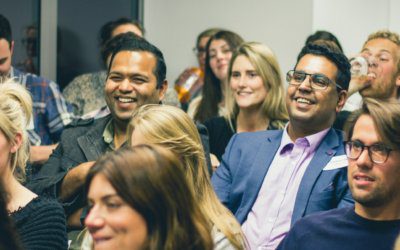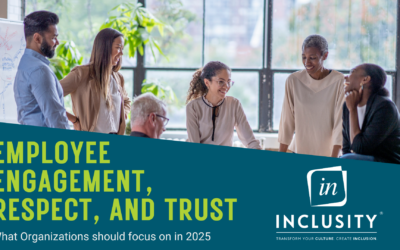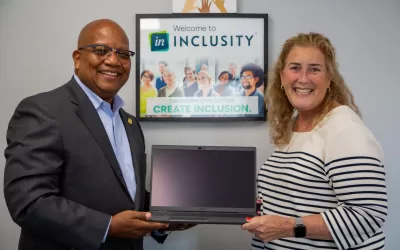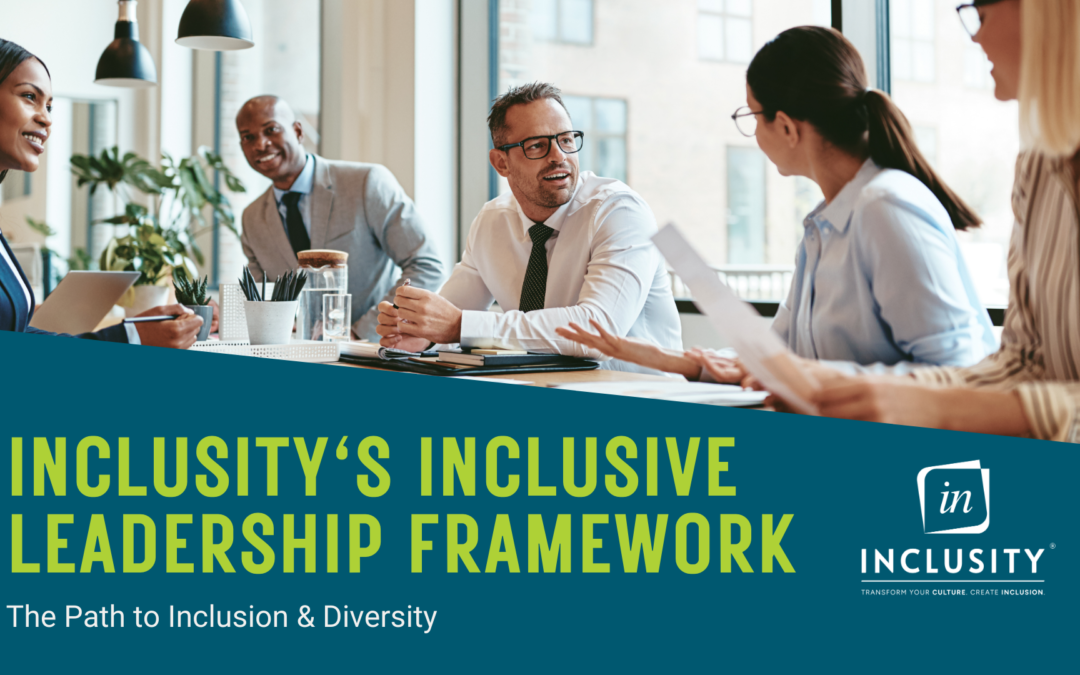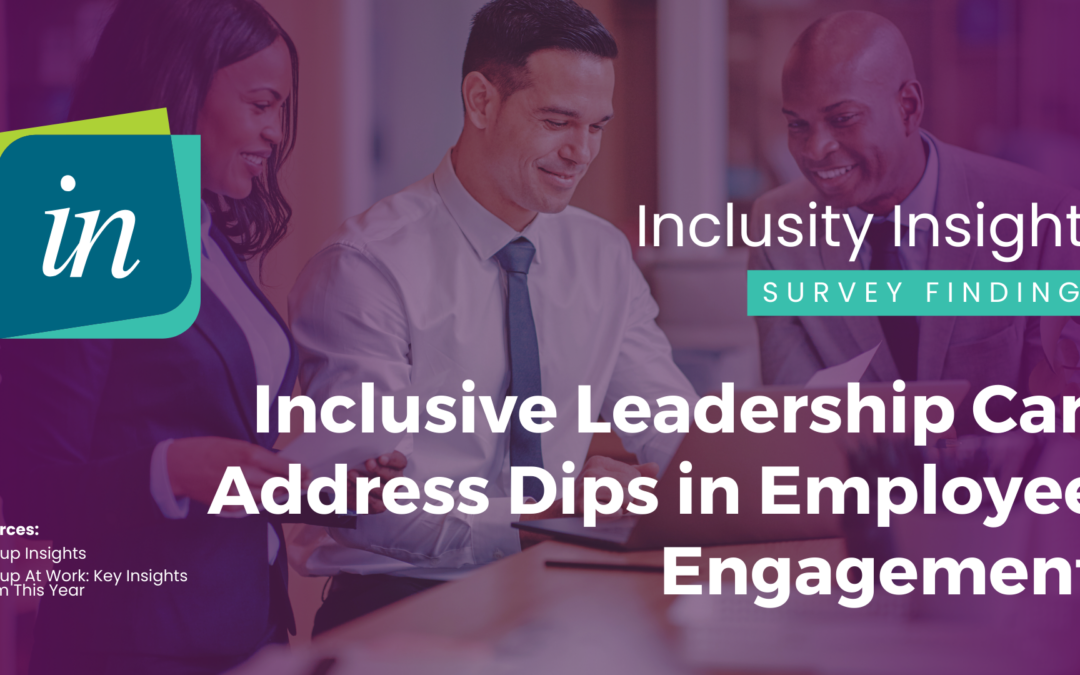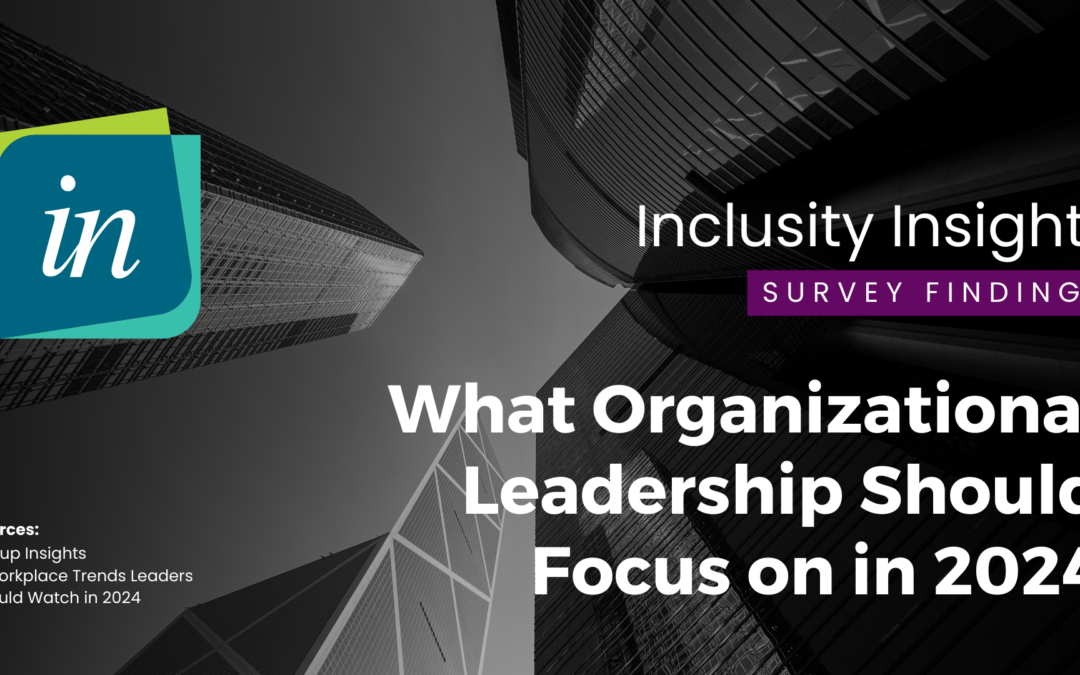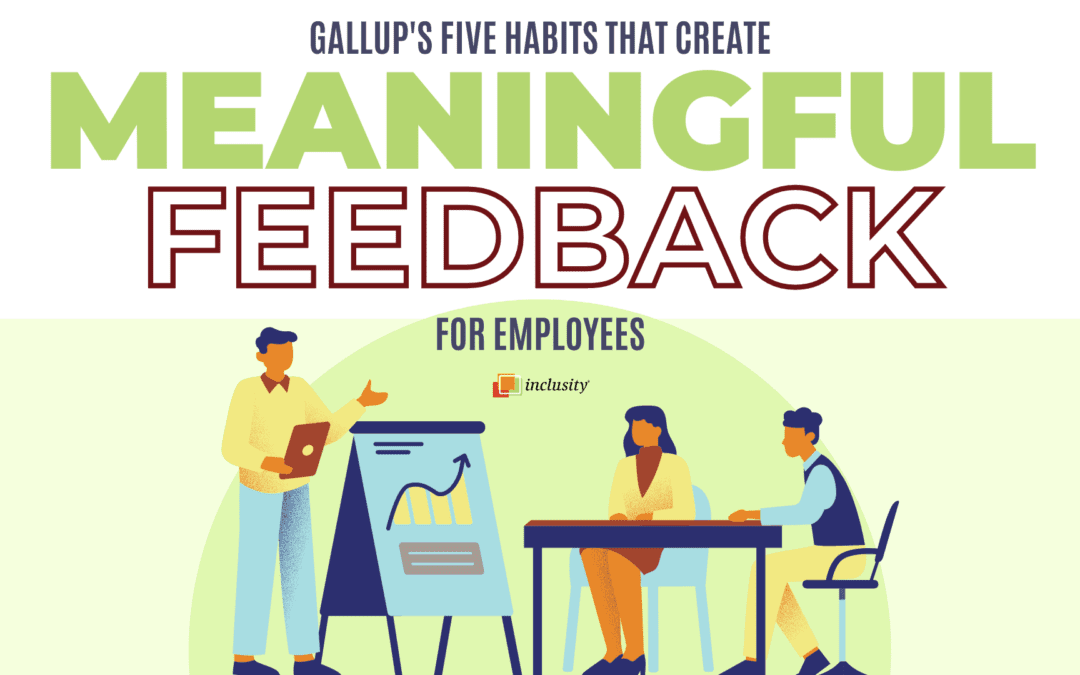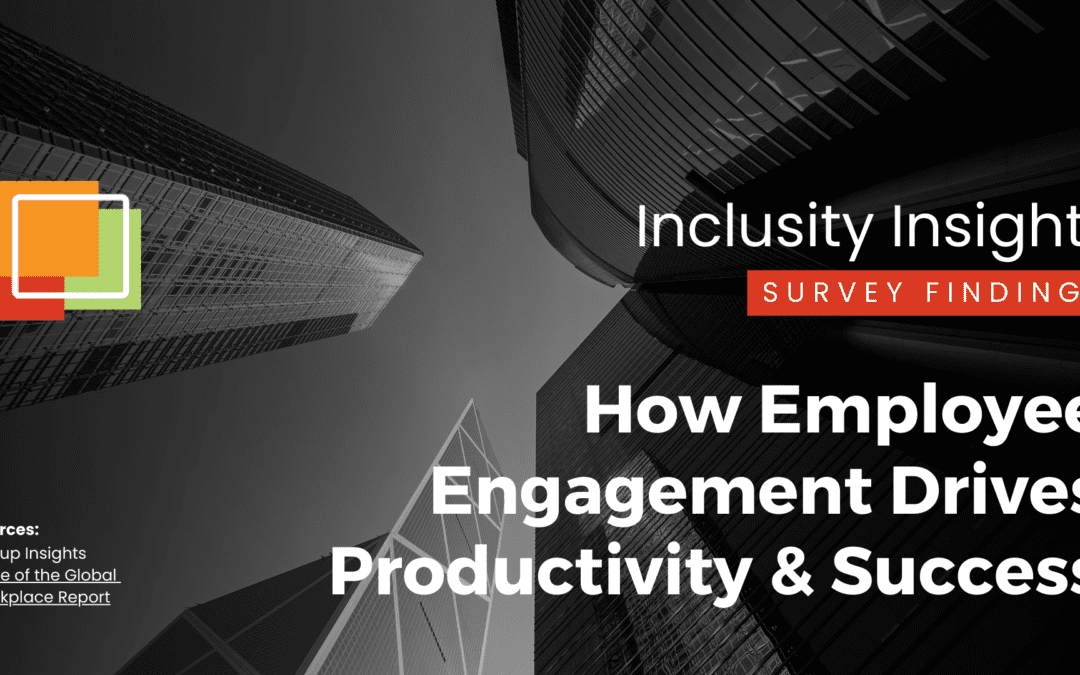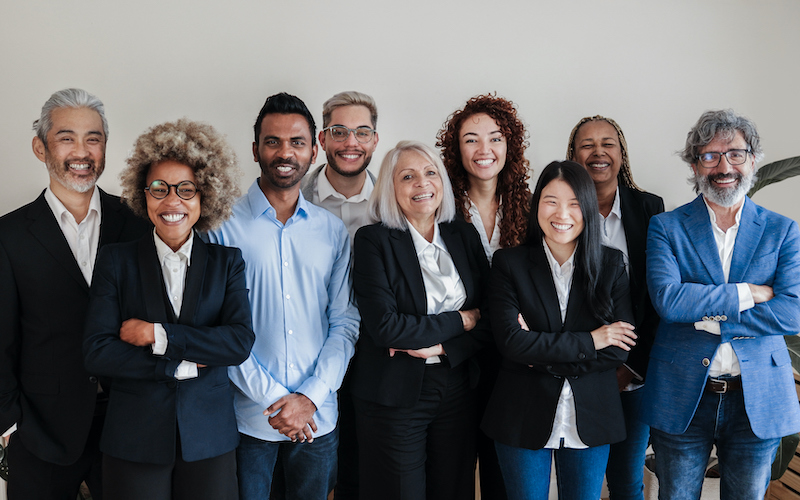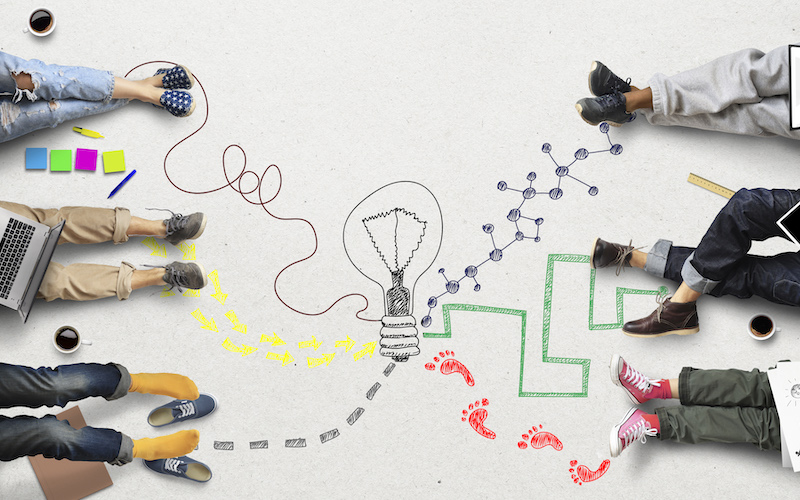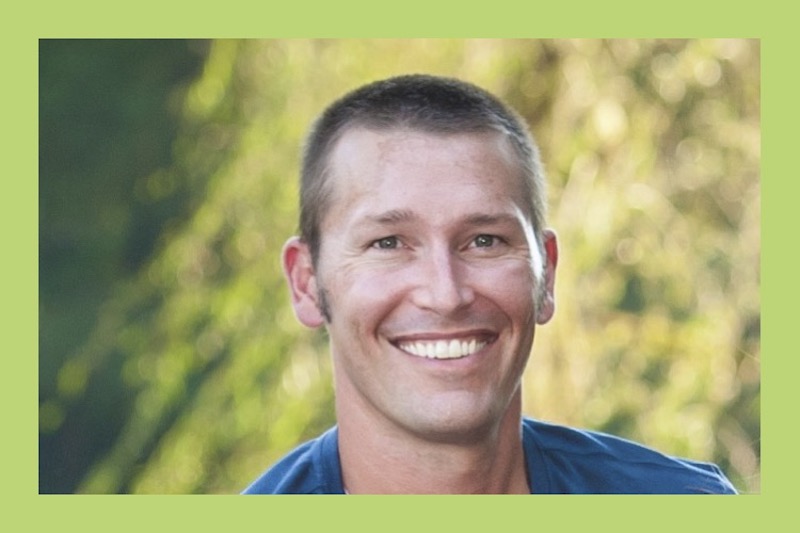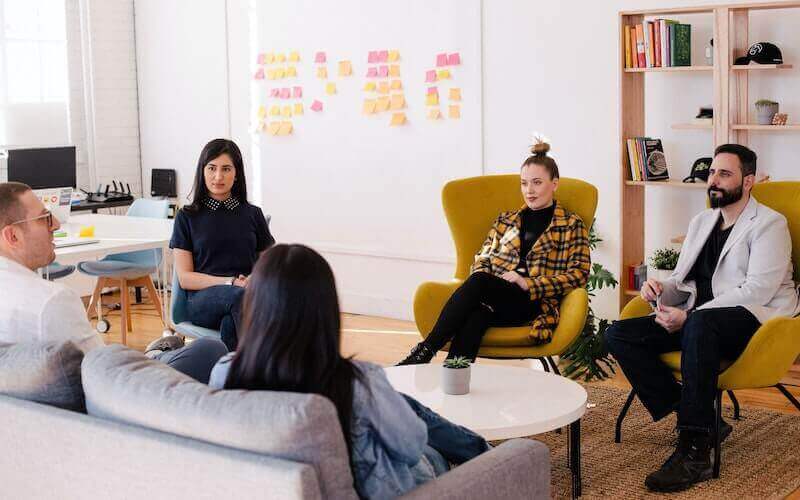When Maria Arcocha White’s family emigrated to the U.S. in the early 1960s, the concepts diversity and inclusion didn’t exist. Four-year old Maria and her family fled Cuba as political refugees, arriving in Toledo, Ohio with only a few suitcases of belongings.
At the time diversity was not valued; assimilation, not inclusion, was the goal. As a young child navigating a new country, language, and culture, Maria felt acutely different and isolated during her formative years.
The Pain of Exclusion
“I remember when I was little that I couldn’t understand what was happening around me. I could not speak or understand English,” she explains.
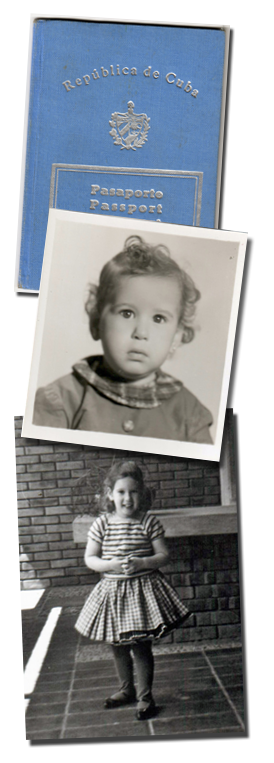 “Growing up, I remember being called lots of names, things I didn’t understand,” Maria continues. “I was asked if I was Communist and if I was an illegal alien. At the time, the only Cubans people really knew were Ricky Ricardo and Fidel Castro, so the kids would ask me if I knew them. Since the only Hispanic culture that people understood was the Mexican culture, people would call me the ‘Frito Bandito’ and ask me if I ate tacos for dinner. I didn’t even know what a taco was until I was in high school!”
“Growing up, I remember being called lots of names, things I didn’t understand,” Maria continues. “I was asked if I was Communist and if I was an illegal alien. At the time, the only Cubans people really knew were Ricky Ricardo and Fidel Castro, so the kids would ask me if I knew them. Since the only Hispanic culture that people understood was the Mexican culture, people would call me the ‘Frito Bandito’ and ask me if I ate tacos for dinner. I didn’t even know what a taco was until I was in high school!”
“My family tried hard to instill pride in me as a Cuban American,” she says. However, “all of the teasing and misunderstandings led me to feel embarrassed and ashamed of who I was.”
In addition to struggling to learn a new language, Maria’s appearance didn’t fit most people’s assumptions of what a Cuban or Latinx person looks like. She says that growing up and into adulthood: “I got a lot of messages that said ‘you look like an American. Just shut up and don’t tell anyone where you’re from.’ I learned early on that being different was not good and that I should try to be as much like the people around me as I could. At the time, we had not even heard of the concept of ‘passing,’ but I now recognize that the message to pass [as white] was an extremely strong one.”
Maria absorbed these messages and avoided being identified as Cuban into her young adult years, and her connection to her heritage weakened.
The Click
In her early 20s, Maria went on a cruise with a roommate and met some other young adults on the ship. On an excursion in San Juan, Puerto Rico, she heard the new acquaintances disparaging Puerto Rico with comments like: “‘look at how dirty this place is; the Puerto Ricans are so dirty and lazy.’”
“I remember thinking…‘Oh, my gosh, they’re talking about me. They’re talking about my people,’” Maria recalls. “This is the island next door to where I was born.”
“At that moment, something clicked,” she says. “I just remember thinking ‘I can’t stay quiet about who I am anymore.’”
Diversity Awareness
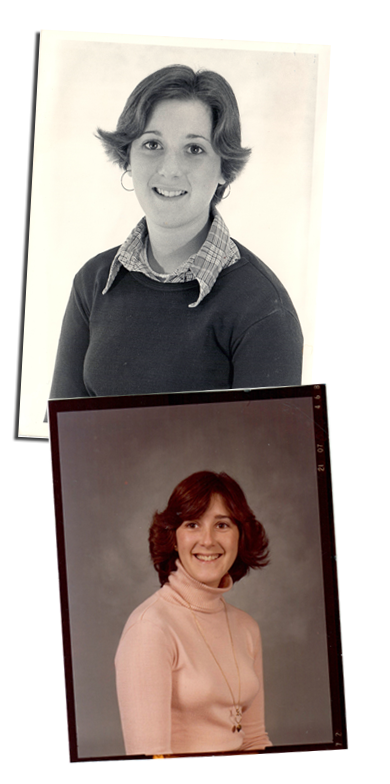 In her late 20s, Maria became the manager of Hispanic marketing at Procter & Gamble. It was in this role that she was asked to become involved in the company’s diversity initiatives. This was in the 1980s, when workplaces were increasingly attempting to address and promote diversity. “I went through my first diversity training session, and I just knew that this was what I was supposed to be working on,” she says.
In her late 20s, Maria became the manager of Hispanic marketing at Procter & Gamble. It was in this role that she was asked to become involved in the company’s diversity initiatives. This was in the 1980s, when workplaces were increasingly attempting to address and promote diversity. “I went through my first diversity training session, and I just knew that this was what I was supposed to be working on,” she says.
A few years later, Maria joined a diversity training firm. She now makes a fundamental distinction about the work the firm did in the 1990s and into the 2000s: “It wasn’t inclusion training in those days; it was diversity training. We focused exclusively on race and gender and eventually on sexual orientation.”
“I thought I’d finally found a place where I could feel included,” she explains. However, the company was comprised of African American men and white women. “I wasn’t African American, I didn’t look like a minority, and because of my childhood, I didn’t feel like a white female either. So, I felt even more isolated and excluded.”
Maria’s co-workers had difficulty accepting that identity could be fluid and multi-dimensional. (This was before the idea of “intersectionality” evolved.) She felt confronted by demands to choose whether she was Cuban or white. Maria didn’t realize she had earned white privilege from appearing white. However, given her past painful experiences of passing, she refused to abandon her ethnicity and culture.
“It took a long time for me to understand I could be both Hispanic and also be Caucasian,” she says. “I think that this was very instrumental in helping me to realize there was a big difference between diversity and inclusion. Because diversity efforts seemed to focus on mostly visible differences, they often excluded people who were invisibly different – like me!”
Moving toward Inclusion
“In the late 2000s, I started noticing something was shifting in the field of diversity,” Maria recalls. “Women and people of color were telling me they were tired of talking about just race and gender…They wanted to focus on their whole selves. White men told me they felt excluded and told me stories about being refused opportunities or given to women and people of color because of ‘diversity efforts.’ Women and people of color were frustrated and tired, and white men were angry and felt excluded.”
While some companies were successful in providing much-needed opportunities for qualified people of differences, other organizations’ efforts were focused on fulfilling diversity hire quotas, regardless of the individual hires’ qualifications. It was then that Maria realized that some diversity efforts were missing the mark.
“I realized that we weren’t focusing enough on creating lasting culture change,” she notes. “We weren’t focusing enough on teaching people to behave inclusively. I felt like we had a situation where the tail was wagging the dog!”
Building a Company Focused on Inclusion Training
“I knew I needed to start a company that taught others how to lead with inclusion,” Maria says. “I believe that if you focus on creating inclusion, you will not only be successful in meeting your diversity goals, you will also sustain that diversity over time.
“Inclusive people and inclusive cultures welcome and value diversity. They create an organizational culture where all diverse people want to work, can learn and grow, and will eventually assume leadership roles,” she continues. “When we focus on bringing in diverse people into a culture and employee group that can’t help them succeed, we get the ‘revolving talent door’ we have seen for decades. And we experience a lack of long-term change in the diversity of our leaders.”
On that premise, in 2013, Maria formed Inclusity. It was partly “born out of feelings of exclusion as a child and then feeling a need to make sure everyone feels included in the places they spend the most hours of their adult lives: their workplaces,” she explains. For over six years, Inclusity has worked to fulfill its mission of building and supporting cultures of inclusion, where each person in an organization feels like they can bring their whole self to work.

